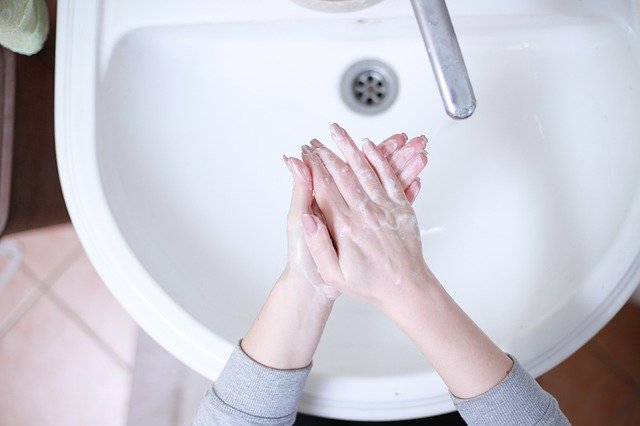Infectious diseases are mainly transmitted through contact. For example, the novel coronavirus is mainly transmitted through droplets or feces. Therefore the most effective way to protect yourself from infection is to maintain personal hygiene: wash your hands frequently and wear a mask when you go out.
However, people often do not pay enough attention to these seemingly easy protective measures, and overlook the effectiveness of their protective functions. The following information explains why we need to wash our hands and wear masks.
Choose the right hand wash and sanitizer
Lliquid soap and water or sanitizer with alcohol content are generally sufficient in keeping your hands clean.
When buying hand sanitizing products. Choose those with 70-80% alcohol content. According to the World Health Organization, most alcohol sanitizers contain ethanol, isopropanol, n-propanol, or a combination of those.
Recently, the Hong Kong Consumer Council tested 35 hand sanitizers, 13 of which detected preservatives CMIT and/or MIT, and some found with free formaldehyde and antimicrobial agent PCMX, which may cause skin allergic reactions for some people. Of the eight samples that claim to kill 99.9% of bacteria, only two were successful in killing 99.9% + of the two bacteria in the test. Another two samples were far less effective in killing E. coli as claimed by them. For more details, please refer to the
Consumer Council's full test report。
Proper Steps to clean your hands :
Some mask products specify that they comply with the standards (F2100-11, European standard, EN14683, or Taiwan model CNS14774) stipulated by the American Society for Testing and Materials. This may be useful too as a reference.
More info can be found in the Consumer Council link below
https://echoice.consumer.org.hk/f/article/2256/494_p14-21a.pdf
 Source:https://health.businessweekly.com.tw/AArticle.aspx?id=ARTL000126163
Wearing a mask
Source:https://health.businessweekly.com.tw/AArticle.aspx?id=ARTL000126163
Wearing a mask
-
Clean your hands before putting on a mask.
-
The mask should be worn snugly over the face: In general, the colored side / the side with folds facing downwards should be worn outwards with the metallic strip uppermost.
-
For tie-on masks, secure upper ties at the crown of head . Then secure lower ties at the nape. For ear-loops type, position the elastic bands around both ears.
-
Extend the mask to fully cover mouth, nose and chin.
-
Press the metallic strip over the nose bridge and the mask should be worn snugly over the face.
-
Avoid touching the mask after having put it on.
-
If you must touch the mask, hands should be cleaned before and after the touching .


